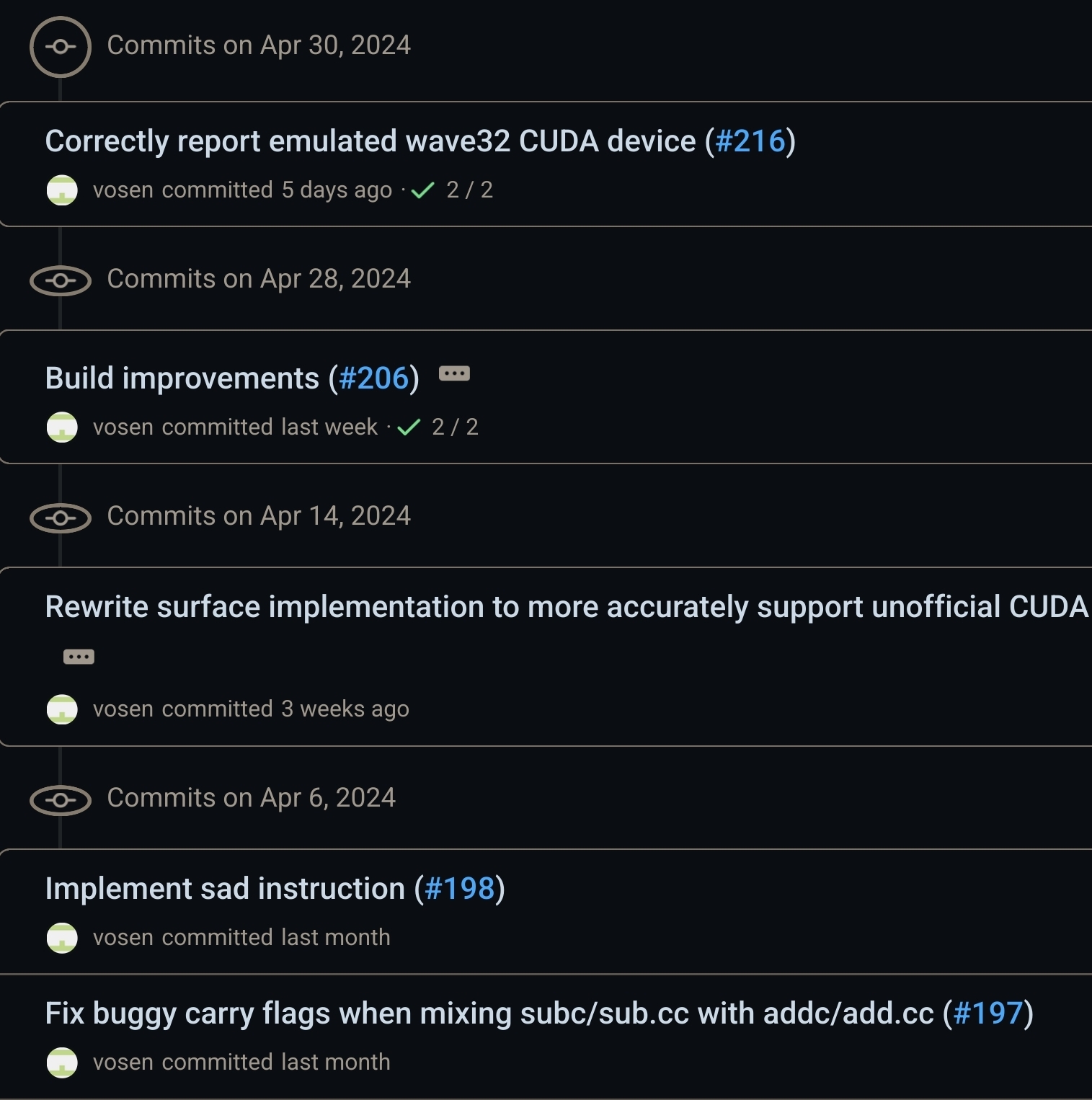

Before y’all get excited, the press release doesn’t actually mention the term “open source” anywhere.
Winamp will open up its code for the player used on Windows, enabling the entire community to participate in its development. This is an invitation to global collaboration, where developers worldwide can contribute their expertise, ideas, and passion to help this iconic software evolve.
This, to me, reads like it’s going to be a “source available” model, perhaps released under some sort of a Contributor License Agreement (CLA). So, best to hold off any celebrations until we see the actual license.









I’ve heard of Intel Arc users for instance not able to play certain games because it checks for AMD/nVidia, so you’d have to fake the GPU vendor to get it to work.
Eg see stuff like this: https://www.phoronix.com/news/Intel-Graphics-Hogwarts-Legacy
Or https://www.phoronix.com/news/The-Finals-Intel-Arc-Graphics